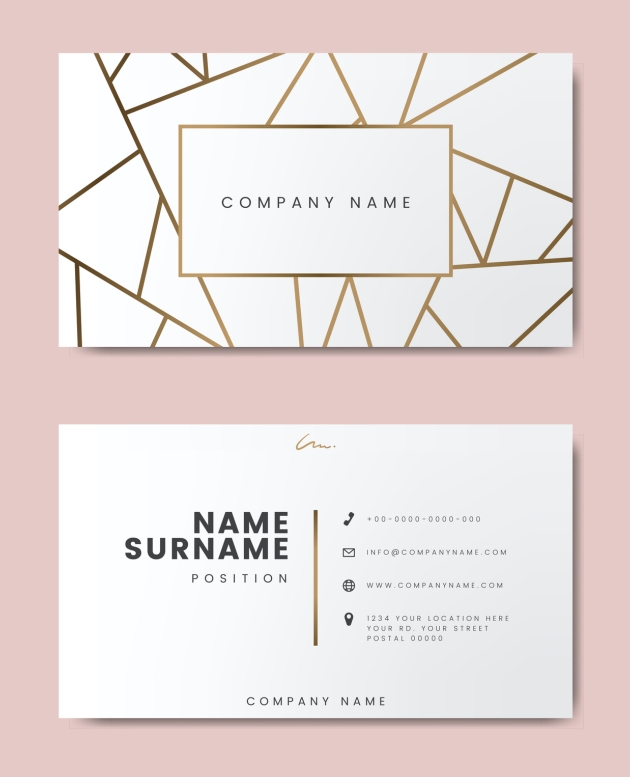
Consistency is so important as it helps your business appear professional, and secondly it helps to build trust among your customers. Lastly don't forget that a well-presented piece of marketing helps you to stand out from the crowd.
As there are so many things to consider when it comes to putting your marketing materials together you might find these six tips helpful:
1. Branding
This is so much more than simply your logo. Getting professional help from a graphic designer really does pay dividends. They'll be able to advise you on colour schemes, fonts and how to use your branding across all areas of your business, from your signage and website, to your brochures and social media accounts. Your graphic designer will create your logo in various formats so it can be used for print and online. It is also worth asking them to confirm the colour codes and fonts your are using so you can ensure that everything is consistence across all platforms.
2. What's the brief?
When it comes to designing your marketing materials it's important to understand what job they are meant to be doing for you. If you are planning to do regular trade fairs or eventd then a flyer with your contact details on and a list of your packages is a great starting point. Is your website going to be an online shop window for your business? If so you might want to have a gallery of images from the designers you stock, and even testimonials from happy customers.
3. Imagery
This is perhaps the most important consideration when it comes to creating your marketing materials. It is worth working with a photographer to get a selection of images that you can use. They'll be able to help you tell your story in your way. Consider getting interior and exterior shots of your business, photos of key personnel, and mock up a consultation as this will enable you to have a portfolio of images. There are some great photo libraries out there that you can use such as iStock and Shutterstock where for a small fee you can download images to use. Your suppliers might also be able to provide you with images – if they do then it's worth confirming whether you need to credit the brand and or photographer if you use them.
4. Words and content
Your website, brochure and leaflets are all going to need words to help you tell your story. Whilst this sounds simple, this is an area that many people struggle with. If you can afford it then you might want to work with a copywriter to come up with your key messages and calls to action. They'll ensure that your words sell you without over doing it and they'll also proof read your content to ensure that there are no mistakes in the finished article.
5. Plan ahead
Don't fall into the trap of creating your marketing materials on the spur of the moment, as this is likely to lead to expensive mistakes. Rushing the design process is likely to mean you'll forget important pieces of information, such as your telephone number or website address. Give yourself time to proof read and check every detail, asking friends and family to help. Fresh eyes will spot things that you won't as you're so familiar with the content.
6. Quanity
Print quantities can be a bit of mine field, can't they? Does your leaflet contain a show offer that you can't repurpose? My advice is always to think about the leaflet or brochure you're printing, whether it is general or specific, as this will help to guide your best estimate as to numbers required. You might also like to contact the show or fair organiser to get an idea of estimated foot fall based on previous years.
Need help with your marketing? Drop Eleanor a line.